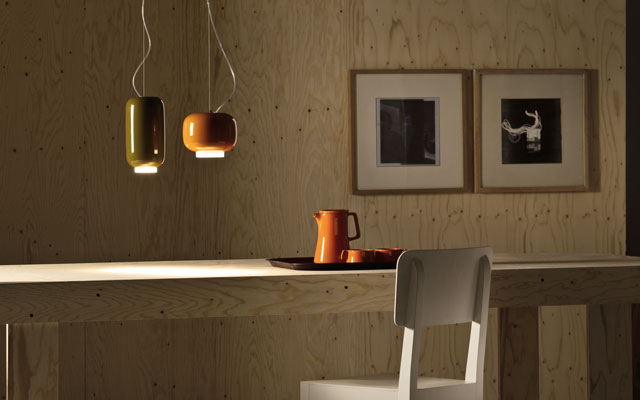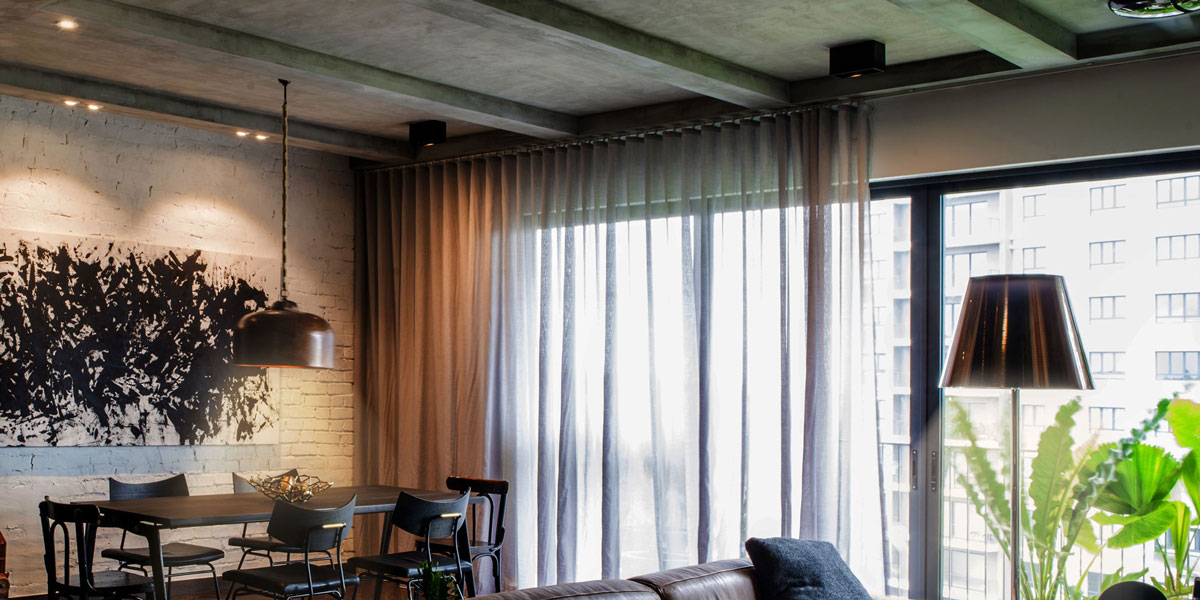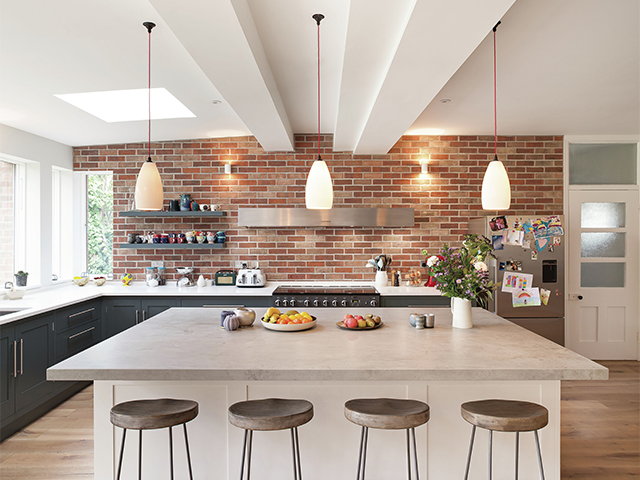Lighting installation advice
Expert tips to ensure you get the best from your new light fittings.
Lighting installation can be complex, involving fittings that work together to provide both functional and design benefits. When planning a scheme, decide on the overall design plan for the room and how the lighting could enhance it. Discuss ideas with your architect, project manager and builder from the outset to ensure the installation process works with the construction schedule. Make sure your lights are properly fitted by following this advice from Darren Staniforth, technical expert at the National Inspection Council for Electrical Installation Contracting.

Blown glass Chouchin pendant lamps from Christopher Wray
Planning a lighting installation
Plan any electrical work at the beginning of the project. If the wiring is more than 25 years old, rewiring is advisable. This may cause a lot of disruption as it is likely that all switches, fittings, sockets and the fuse box will need replacing, as well as the wiring.
Hire a professional
Hire a qualified electrician, such as those registered with NICEIC. It’s the best way of ensuring a quality job done safely. Contractors registered with NICEIC are assessed on a regular basis. This ensures they are competent and capable of meeting the relevant technical and safety standards. They also have authorisation to self certify their work to the local building control body on your behalf, saving you both time and money.










